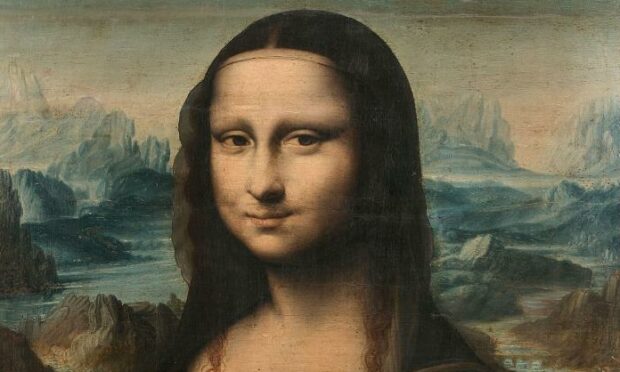A familiar face today. A fond memory of the Louvre was an invitation to see the Mona Lisa on the last day she was hung with other paintings.
Up till then, she was one of several important works in the room – though, of course, the star attraction.
The following day she was moved to the secure setting she now occupies in isolation.
The appeal of the Mona Lisa remains as strong today, both for the public, who continue to make their way to the Louvre, as well as for artists who, century after century, take inspiration from Leonardo da Vinci.
Good copies don’t come cheap
You can still purchase a Mona Lisa – at least a good copy – but the best are pricy.
In June, auctioneers Christie’s took £2.1 million for the Hekking Mona Lisa, a work named after the art dealer who discovered the painting in the 1950s (and who was convinced it was the real Mona Lisa).
Another near-contemporary was sold by Artcurial in Paris on November 9.
The auctioneers of this painting admitted that they came under the spell of their ‘Mona Lisa’.
Da Vinci’s close collaborator
It was one of the most beautiful they had seen, they said, capturing all the mystery of da Vinci’s wonderful original.
They believe it was painted by Salia, his closest collaborator.
Its faithfulness to the original suggests that the artist may have had access to da Vinci’s Mona Lisa and had been able to examine it carefully.
French school, circa 1600 and framed in a contemporary oak panel, it is possible that this skilfully painted and sensitive copy may have been acquired by François I for Fontainebleau.
It sold to a European collector for €210,000, about £180,000.





